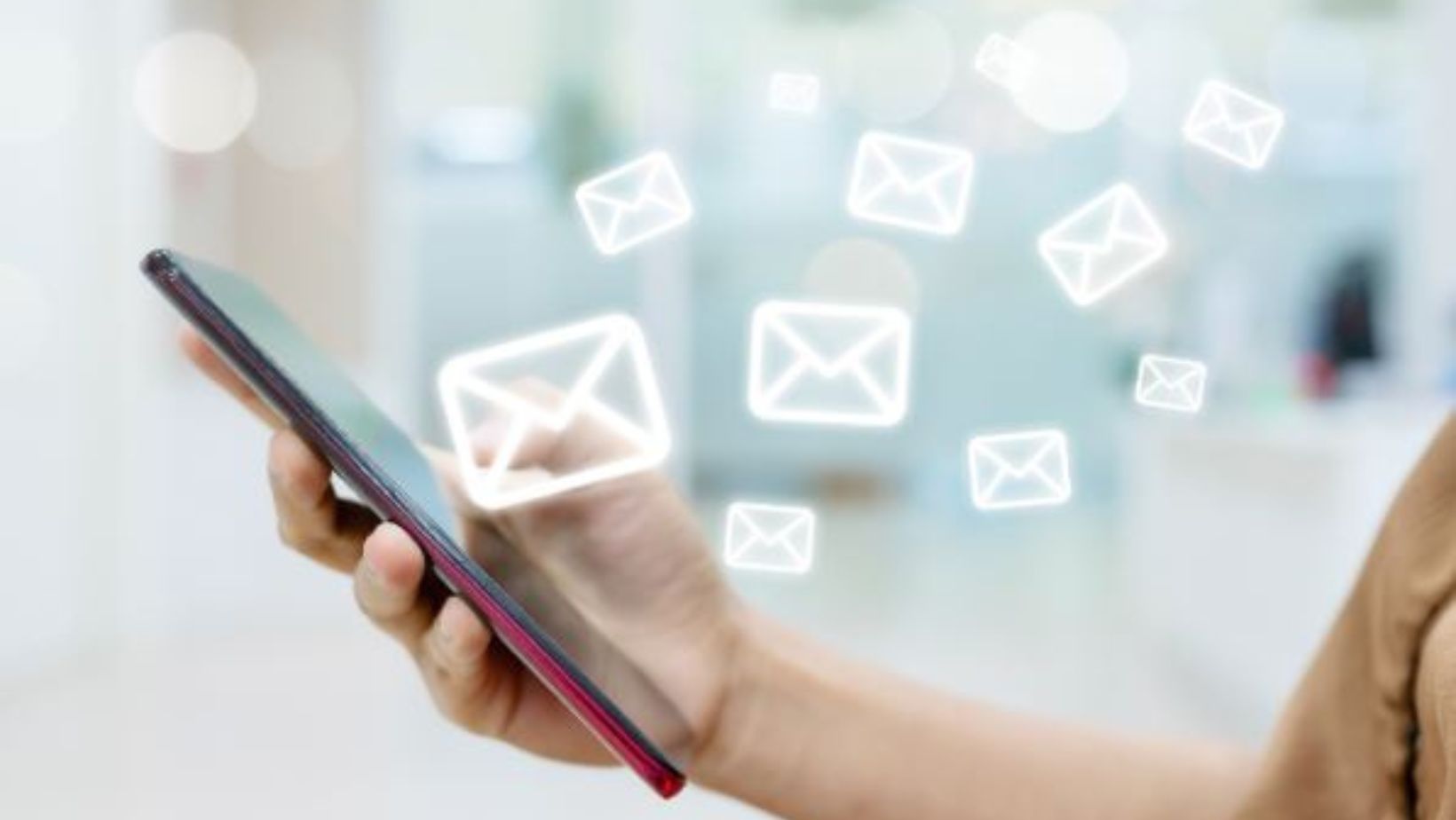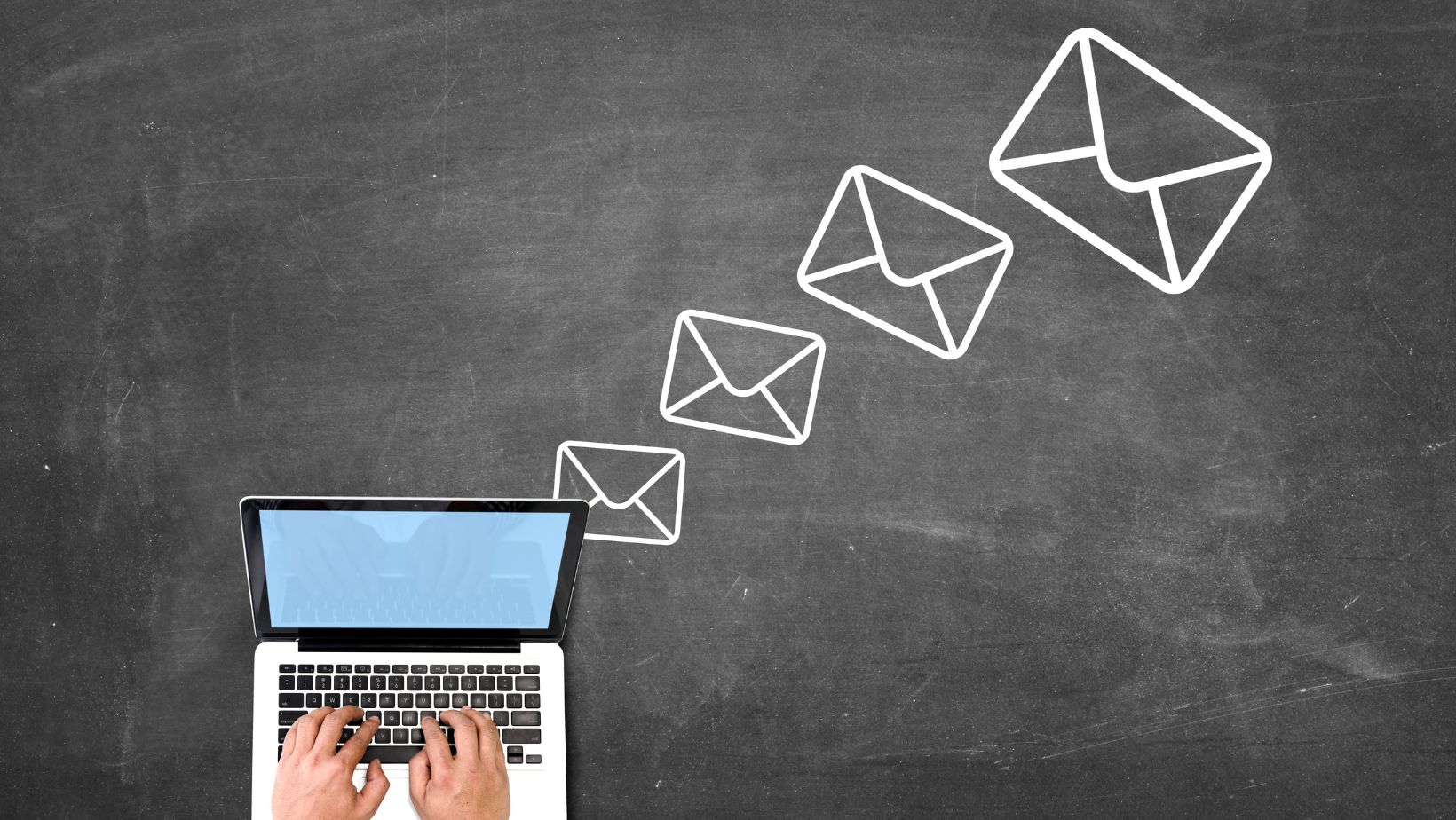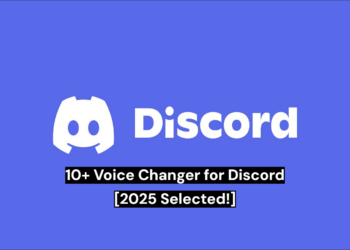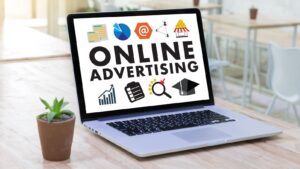Email marketing remains one of the most effective tools in digital marketing. Despite the ever-evolving social media landscape and the emergence of new communication platforms, email remains a primary means of engaging customers, driving sales, and fostering brand loyalty. However, success in email marketing requires adapting to new trends and overcoming technical challenges.
Here are the top email marketing trends to watch this year:
1. Hyper-Personalization
Gone are the days when using a subscriber’s first name was enough to count as personalization. Today’s consumers expect brands to know their preferences, behavior patterns, and needs. Hyper-personalization uses artificial intelligence (AI) and real-time data to deliver dynamic content tailored specifically to individual users.
Instead of sending the same newsletter to every subscriber, marketers segment audiences by purchase history, browsing behavior, and engagement levels. Personalized product recommendations, behavior-triggered emails, and dynamic offers have become crucial for maximizing open and conversion rates.
Tip: Invest in tools that integrate your customer relationship management (CRM) system with your email platform for deeper personalization capabilities.
2. AI and Automation
Artificial intelligence (AI) is playing a significant role in shaping the future of email marketing. It helps marketers automate tasks such as audience segmentation, content recommendations, and email sending timing to optimize engagement.
Automation allows you to send bulk emails without spamming your audience. Instead of mass-sending irrelevant content, automation platforms let you create more intelligent workflows that send targeted emails based on user actions, ensuring your communications feel timely and relevant.
For instance, if a user abandons their shopping cart, an automated email can remind them of their incomplete purchase without being pushy. Automation nurtures relationships over time, rather than overwhelming your contacts with irrelevant messages.
3. Interactive Emails
This year, more brands are embracing interactive email elements to boost engagement. Instead of redirecting users to a landing page, you can incorporate features like:
- Carousels
- Polls and surveys
- Animated call-to-action (CTA) buttons
- In-email shopping carts
Interactive content makes your emails more engaging and provides valuable real-time feedback and data from your audience.
4. Focus on Deliverability
Deliverability — the ability of your emails to land in the inbox instead of the spam folder — is a growing concern for marketers. With stricter spam filters and privacy updates from major email providers, ensuring that your emails actually reach your intended audience is becoming increasingly challenging.
One common issue is Mailchimp emails going to spam, which has been a hot topic among digital marketers. Causes range from poor list hygiene and lack of proper authentication (like SPF, DKIM, and DMARC records) to overly promotional content.
Solutions:
- Regularly clean your email list to remove inactive or invalid addresses.
- Use double opt-in methods to confirm subscriptions.
- Warm up new domains gradually before sending large volumes.
- Authenticate your sending domain to build a strong sender reputation.
By prioritizing deliverability, you ensure your beautifully crafted emails are seen, not trapped in spam folders.
5. Privacy and Data Protection
Consumers are becoming increasingly concerned about how brands handle their personal data. Regulations like GDPR, CCPA, and others have reshaped the way businesses collect and manage customer information.
In 2025, transparency, consent, and data security are not optional — they are critical. Savvy marketers are adopting privacy-centric strategies, ensuring their signup processes clearly outline how data will be used and giving users control over their subscription preferences.
Building trust through ethical data practices not only ensures compliance but also fosters stronger customer loyalty.
6. Mobile Optimization
More than half of all emails are now opened on mobile devices. If your emails aren’t mobile-optimized, you’re missing out on a massive chunk of your audience. Emails that don’t display well on smartphones lead to higher unsubscribe rates and lower engagement.
Key mobile optimization tips include:
- Use a single-column layout.
- Keep subject lines short and punchy.
- Use large, tappable buttons.
- Optimize images for fast loading.
Creating mobile-first email designs ensures a seamless experience across all devices, boosting your chances of conversion.
7. AMP for Email
AMP (Accelerated Mobile Pages) for email is revolutionizing the way brands engage subscribers. With AMP, recipients can interact with content directly within the email, such as RSVPing to an event, completing a survey, or browsing product catalogs, all without leaving their inbox.
While AMP emails require additional coding and support from your email service provider, they offer an exciting opportunity to create richer, more engaging email experiences.
8. Sustainability Messaging
Environmental consciousness is influencing consumer behavior more than ever. Brands that demonstrate a commitment to sustainability can build deeper connections with eco-minded customers.
Including sustainability messages in your email campaigns, such as highlighting eco-friendly products or outlining your company’s green initiatives, resonates strongly, especially with Gen Z and Millennial audiences.
However, authenticity is key. Empty greenwashing claims can damage your reputation, so ensure tangible actions and data back your sustainability messaging.
9. Zero-Party Data Collection
Zero-party data refers to information a customer shares with a brand willingly and proactively, such as preferences, interests, or feedback. Unlike third-party cookies (which are on their way out), zero-party data is highly reliable and privacy-compliant.
To gather zero-party data:
- Use preference centers.
- Create fun quizzes or surveys.
- Encourage feedback via interactive emails.
This kind of data enables you to craft even more relevant and personalized email campaigns, fostering stronger customer relationships.
10. Content Accessibility
Email accessibility ensures that your emails can be read and understood by all users, including those with disabilities. Designing accessible emails isn’t just a nice-to-have — it’s becoming an increasingly expected standard.
Best practices include:
- Using semantic HTML.
- Writing descriptive alt text for images.
- Choosing high-contrast color schemes.
- Using clear, concise language.
An inclusive approach broadens your audience reach and demonstrates that your brand values diversity and inclusion.
Conclusion
Email marketing is all about smarter, more meaningful communication. Staying ahead means embracing hyper-personalization, leveraging AI, optimizing deliverability, and ensuring that issues like Mailchimp emails going to spam don’t derail your efforts.
By adapting to these trends, brands can remain relevant and foster stronger, more lasting relationships with their audiences. Email is far from dead — it’s evolving, and those who innovate will thrive.




























































